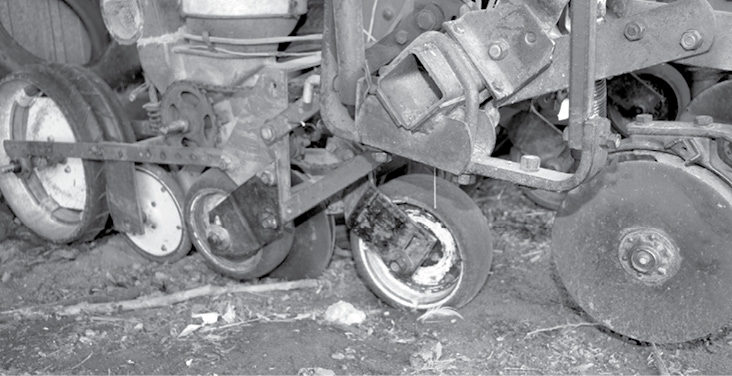No-Till Farmer
Get full access NOW to the most comprehensive, powerful and easy-to-use online resource for no-tillage practices. Just one good idea will pay for your subscription hundreds of times over.

Larry Bonnell is living proof that no-till is the ideal tool for small-acreage farmers.
“You always hear about no-till helping a guy be more efficient and allowing him to increase his cropping acres,” the Pittsford, Mich., no-tiller says. “But I think it’s for the smaller guy. I think the only way a smaller guy can farm profitably is with no-till.
“I’m a sold believer.”
And while his acreage is relatively unchanged since he began no-tilling about 8 years ago, the quality of his farming techniques has vastly improved, Bonnell says.
Between no-till, cover crops, the use of sludge in wheat stubble and the addition of gypsum and micronutrients, Bonnell has seen organic matter on some of his fields increase from 1.4 to 2.7.
While most of his ground is in a corn-soybean rotation, Bonnell typically grows about 20 acres of winter wheat after soybeans, which acts both as a cover and cash crop.
Bonnell typically seeds cereal rye with a fertilizer spreader after corn and prior to planting soybeans. Annual ryegrass is his primary cover crop ahead of corn.
He recently began mixing legumes like hairy vetch and Austrian peas with cereal rye and annual ryegrass, and included tillage radish in the cover crop mix last fall.
“With the legumes, I get the benefit of putting down nitrogen and then holding that nitrogen with the ryegrass,” Bonnell says. “I’ve noticed a difference in my soil. It’s changing — getting mellower.
“It’s workable. I don’t have the clay knobs…